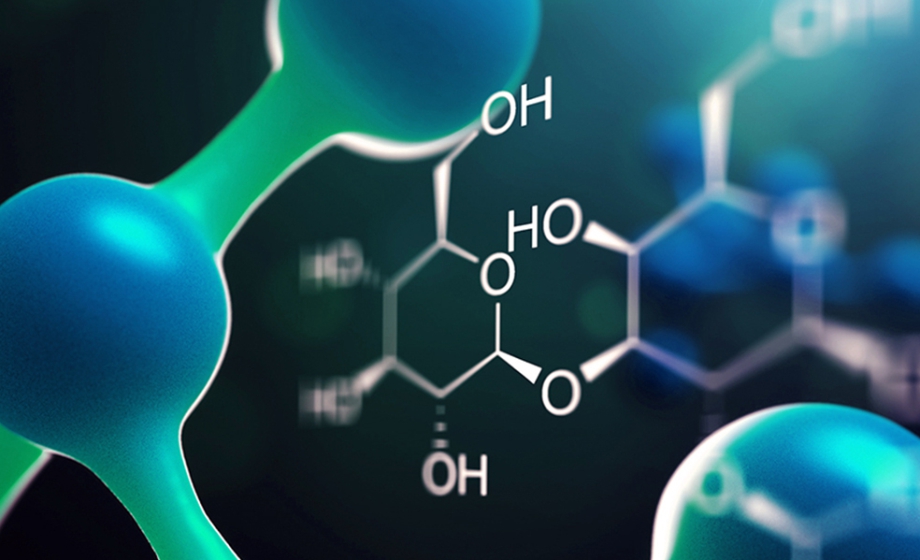Q&A Report: Solving SEC/GPC Limitations with Multi-Angle Light Scattering and Asymmetric-Flow Field-Flow Fractionation
Can you explain the difference between the MALS and DLS?
MALS, multi-angle light scattering, measures the angular variation of the intensity of scattered light. The results are molar mass and the root mean square radius (radius of gyration). DLS, dynamic light scattering, measures the fluctuations of the intensity of scattered light. The frequency of fluctuations is related to the Brownian motion of the dispersed particles of dissolved macromolecules. The results are the diffusion coefficient which is used to calculate the hydrodynamic radius.
You explained the advantages of AF4. What are the disadvantages of the method?
AF4 can be used for variety of polymers. It can analyze most of the polymers that can be analyzed by SEC, and in addition to that it is very efficient for polymers which are difficult to be properly characterized by SEC. In the former case, the results from both separation techniques are well comparable. The only limitation of AF4 is permeability of small polymers (oligomers) through the AF4 membrane. The typical cut-off of most of the membranes is around 5000 g/mol.
If I use larger particles of SEC packing, can I expect lower anchoring?
Usually not and if yes, the effect is minor. The only efficient solution of the elimination of anchoring is switching to AF4.
Is anchoring effect temperature-dependent?
It might be to a certain extent temperature depend as the temperature effects the molecular size. However, the high temperature does eliminate this effect as we can see from the results of branched polyolefins characterized at temperatures around 150 °C.
Is 100% mass recovery a correct assumption for all polymers?
For many polymers yes. The only assumption is that the polymer molecules do not interact with the SEC stationary phase in the way that a part of sample would be completely absorbed by the SEC columns.
Why synthetic polymer analyzed by SEC-MALS exhibited a narrower distribution (polydispersity) than normal SEC?
Conventional SEC with column calibration overestimates the polydispersity due to the band broadening. The band broadening is caused by the axial diffusion and mixing of polymer zone in columns, connecting capillaries and detectors. As a result of band broadening, the SEC chromatogram is broader than it would correspond to the broadness of the molar mass distribution. In SEC-MALS, the fundamental assumption is that the macromolecules eluting from the SEC columns at each time are strictly monodisperse and thus the molar mass measured by the MALS detector is the molar mass and not the molar mass average. This assumption is never completely fulfilled and the particular elution volume slices are to a certain extent polydisperse and thus the molar masses measured by the MALS detector are the weight averages. This results in a slight overestimation of the number-average molar mass and thus the underestimation of the polydispersity.
Can AF4-MALS analyze inorganic polymers?
AF4 is not limited to any polymers. The only requirement is sample solubility. Moreover, AF4 can separate not only polymer solutions, but nanogels and nanoparticles which cannot be separated by SEC.
Can AF4 characterize polymers using aqueous salt solutions as mobile phase?
Yes, the aqueous salt solutions are very frequent for the analysis of proteins, polysaccharides and polyelectrolytes.
How do you decide on what model to use when measuring absolute MWs of branched molecules?
Rather than degree of branching, the appropriate model is given by the molecular size. For mid-molar mass polymers up to the molar mass roughly one million g/mol, the Zimm model is mostly appropriate. The Berry model is often suitable for polymers containing ultra-high molar mass fractions. In the case of very large macromolecules, the Berry model may require the second order fit or using only lower angles. Another model offered by the Wyatt software ASTRA, which is suitable for many polymer samples, is the Random coil model. Wyatt software calculates the results with uncertainties, which, together with looking at the Debye plot, helps in choosing the right model. On the other hand, differences of molar mass calculated by different models are mostly less than 10 %.
Is the MALS method applicable for biopolymers like lignin? Is there any negative impact by the fluorescence of lignin?
MALS is generally applicable to all biopolymers. Lignin is a specific case as it is fluorescent. The fluorescent light can be induced by the incident laser light of the MALS. The intensity of the fluorescent light can be higher than that of scattered light which significantly overestimates the calculated molar mass. The solution is using a MALS detector with infrared laser which does not induce the fluorescence or at least in markedly lower intensity, and in addition fluorescence blocking filters that are transparent solely for the wavelength of the MALS. Then it is possible to measure correct molar mass of lignin. The MALS instrument with fluorescence blocking filters and infrared laser is available from Wyatt Technology.
Can the MALS detector measure dispersity? You mentioned it measures Mw only primarily
The MALS instrument itself measures the weight-average molar mass. That is when the experiment is performed in batch mode, i.e., the sample is measured as it is without previous separation by SEC or AF4. The dispersity is measured by the combination of MALS and separation techniques such as SEC or AF4.
